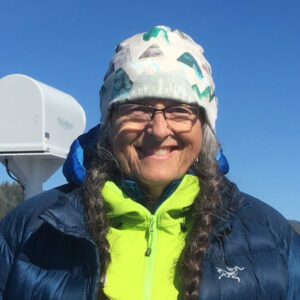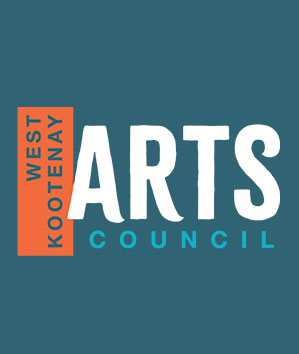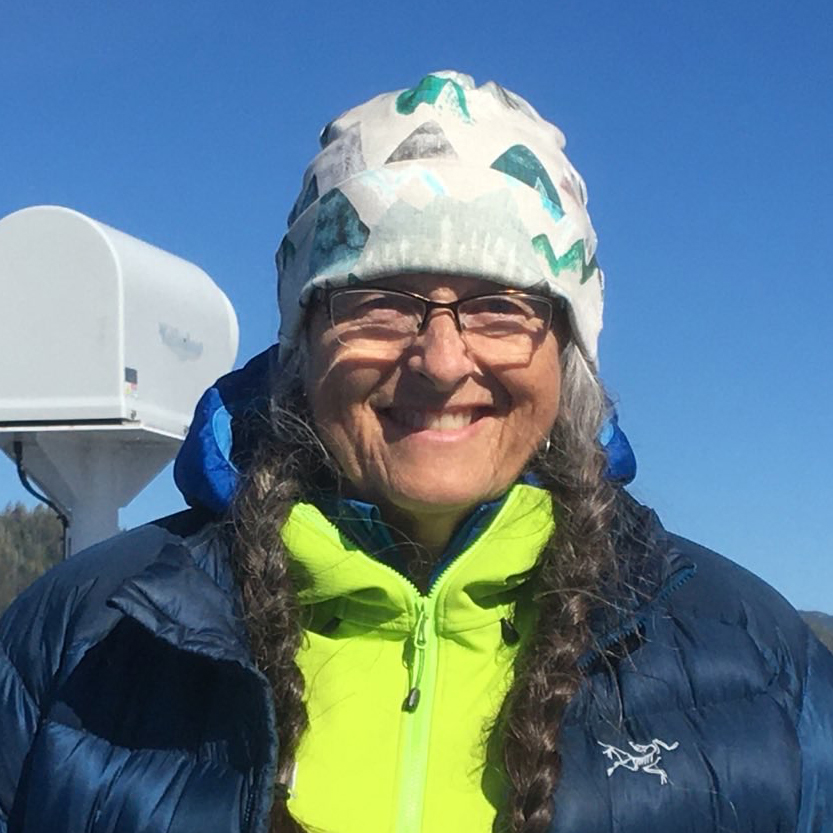Behind the Scenes: Q&A WITH THELMA BROWN, CKCA STEERING COMMITTEE MEMBER

The West Kootenay Regional Arts Council (WKRAC) exists to help arts, culture and heritage in the Columbia Basin thrive. To do so, we rely on a dedicated team of board members, plus steering committee members who oversee the Columbia Kootenay Cultural Alliance (CKCA) arts and culture grants.
Who are these people? In this series, we’re introducing you to the folks behind the scenes.
Thelma Brown, CKCA Steering Committee Member
Thelma Brown is a second-generation Goldenite, and is currently retired.
WKRAC: How did you come to call the Columbia Basin home?
TB: I was born in Golden in 1951 and have lived here most of my life. Locals tend to call our area the East Columbia as the Columbia River is an integral part of the community and our identity.
Are you involved in arts, culture and heritage outside of your work with WKRAC/CKCA? If so, what is your discipline or practice?
I was very involved in the past as an employee of Kicking Horse Culture and as an active volunteer, although not as much in later years. I have always been an advocate and supporter of arts, culture and heritage locally and through CKCA. My personal interests are in silversmithing, raku and painting.
Why did you wish to join this board/committee?
I wanted to be a representative for my community as, having lived here so long, I felt my knowledge of local artists and the art community gave me a broad perspective.
What do you think people in the region should be proud of in terms of arts, culture and heritage?
I feel residents are proud of the arts, culture and heritage that is part of this community. Kicking Horse Culture has provided a broad variety of year-round events that are well attended, drawing in folks of all ages. Many local artists have had shows at the Art Gallery of Golden, allowing the non-artists of the community to be exposed to the amazing talent this area has. Golden has a large, expanded community and many artists live rurally, so having a central location is something to be proud of and be part of. The local museum has revolving displays and events, and local heritage is well preserved and available to old-timers, newcomers and tourists. Locals are proud of the work the Métis Nation Columbia River Society has done to establish a meeting place and a source of information about Indigenous history and culture in the area.
What advice do you have for people in the region pursuing a career in arts, culture and heritage?
I would suggest getting involved in all areas of arts, culture and heritage in their small community. It’s valuable to get a broad perspective of the challenges faced and ways to connect with the artist community. I feel it is important that artists themselves help raise that awareness through collaboration with other agencies. Through collective knowledge and working together, information can be shared that can benefit them in the end. Volunteering and seeking out grants allows artists to not be isolated in their artistic practice. I feel that pursuing a career in these fields in the current climate takes dedication, tenacity, creativity and a willingness to push the boundaries.
What vision do you see for the future of arts, culture and heritage in the Columbia Basin?
I would hope the value of these continues to be recognized by communities at large. With continued and increased collaboration between art councils, museums, Indigenous communities, libraries, collectives and artists of all disciplines, it will continue to grow stronger roots. The support of small local business—such as local co-op radio and newspapers—will help draw people back to the importance of a strong community that looks to each other instead of to their phones to seek out the importance of a strong arts, culture and heritage core. It takes a wide variety of arms to grow, support and sustain a strong arts, culture and heritage future.

